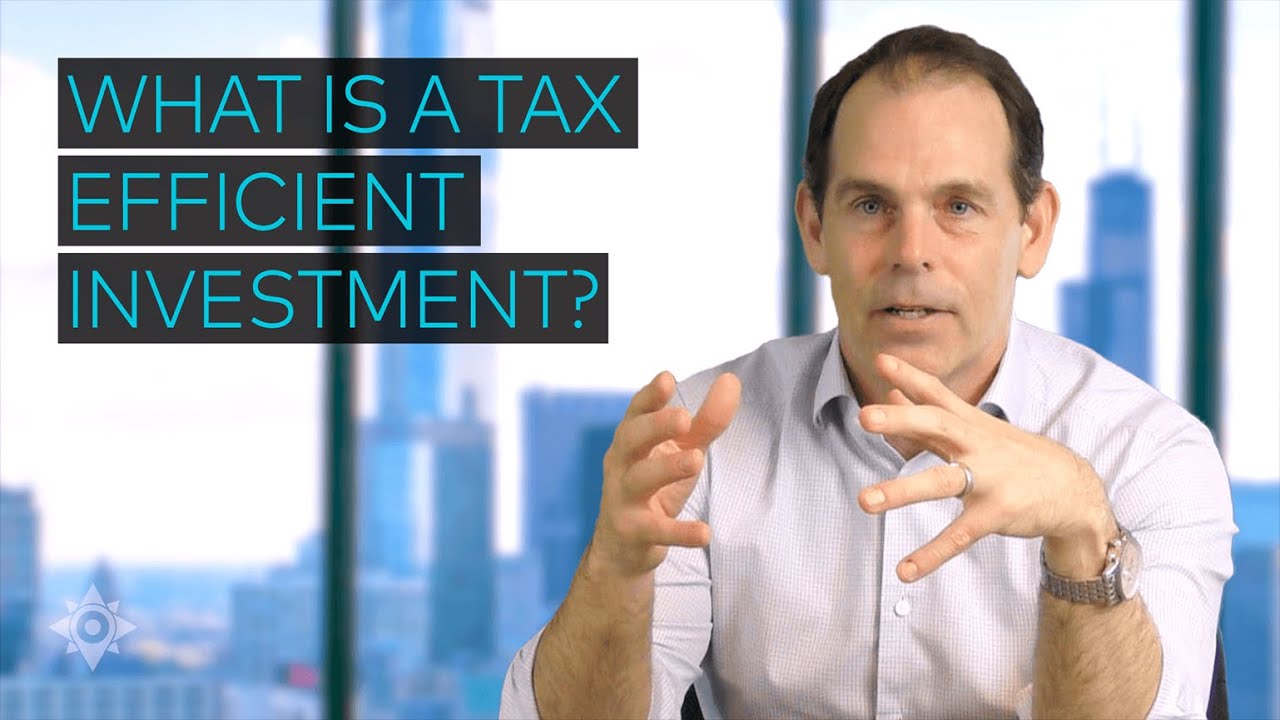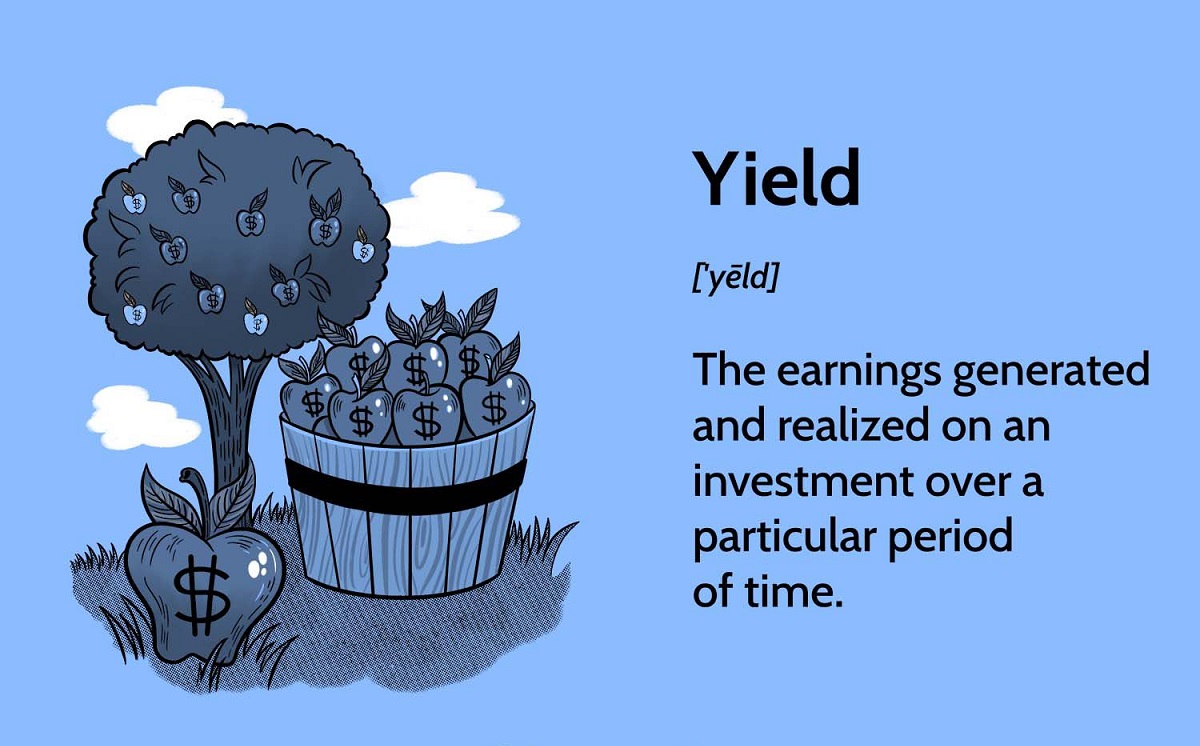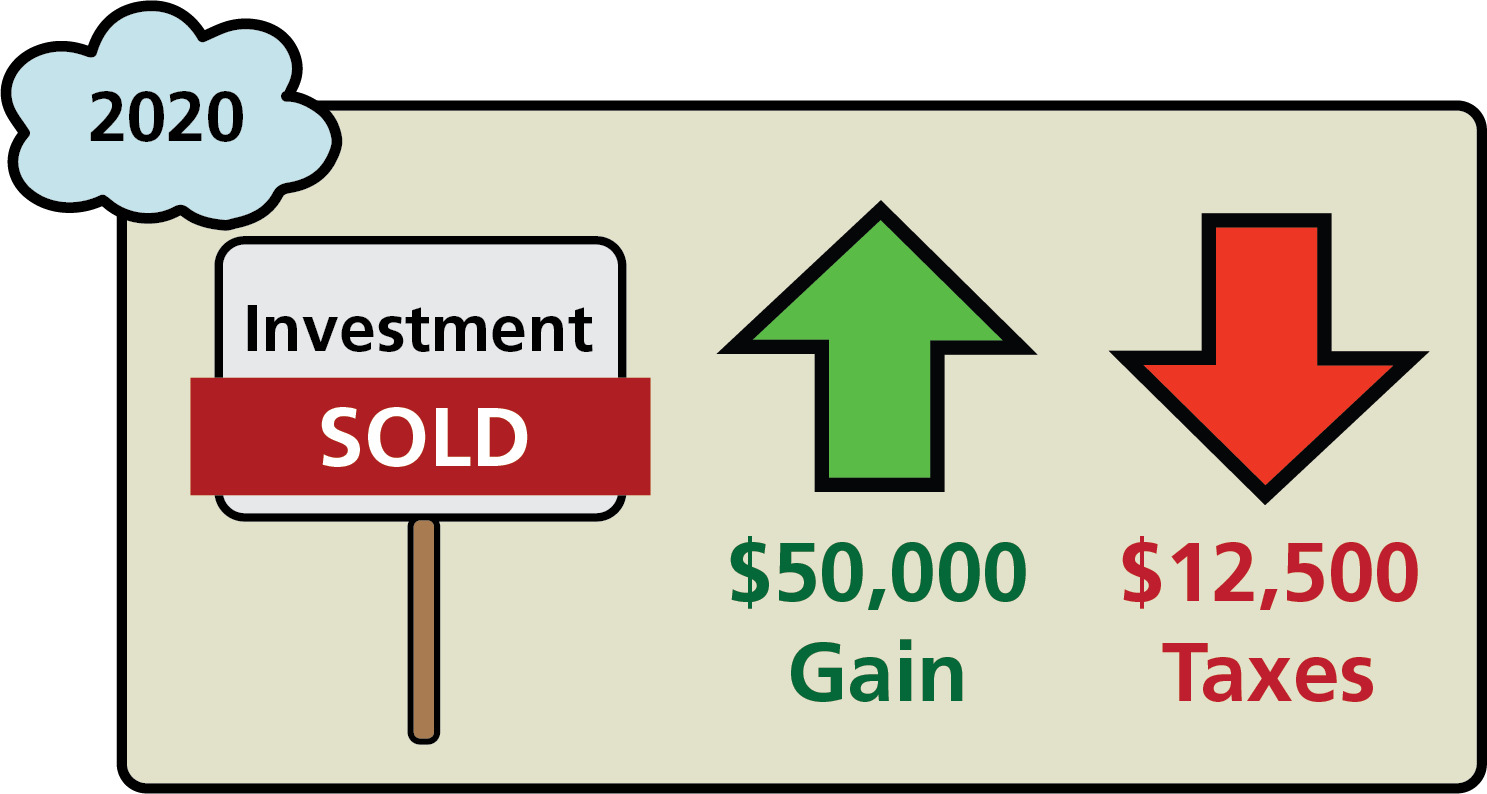Introduction
When it comes to investing, there are various strategies and options available to help individuals grow their wealth. Two popular investment approaches are tax-exempt investments and tax-deferred investments. Both offer unique advantages and considerations for investors.
Tax-exempt investments are those where the income generated is not subject to taxation. This means that any gains or dividends earned from these investments are free from federal income tax, and in some cases, state and local taxes as well. On the other hand, tax-deferred investments are those where taxes on the income and gains are postponed until the investor withdraws the funds.
Understanding the main differences between tax-exempt investments and tax-deferred investments is crucial for making informed decisions about where and how to allocate your investment capital. In this article, we will explore the distinctions between these two types of investments and provide examples and factors to consider when deciding which strategy may be most suitable for your financial goals.
Tax-Exempt Investments
Tax-exempt investments refer to investment vehicles that provide income or gains that are exempt from federal income tax. These investments are often favored by investors seeking to minimize their tax liabilities and maximize their returns. Some common examples of tax-exempt investments include municipal bonds, health savings accounts (HSAs), and certain types of retirement accounts.
Municipal bonds, also known as munis, are debt securities issued by state and local governments to fund public infrastructure projects such as schools, highways, and hospitals. The interest income generated from these bonds is typically exempt from federal income tax and, in some cases, state and local taxes as well. Municipal bonds can offer attractive yields for investors in high tax brackets.
Health savings accounts (HSAs) are another form of tax-exempt investment. These accounts are designed to help individuals save and pay for medical expenses. Contributions to HSAs are tax-deductible, and any earnings or withdrawals used for qualified medical expenses are tax-free. HSAs offer the flexibility to invest the funds in various investment options, allowing for potential growth over time.
Additionally, certain types of retirement accounts, such as Roth IRAs and Roth 401(k)s, offer tax-exempt benefits. Contributions to these accounts are made with after-tax dollars, meaning they are not tax-deductible. However, the earnings and withdrawals from these accounts are typically tax-free, as long as certain conditions are met.
Tax-exempt investments can be advantageous for investors looking to reduce their tax burden and potentially increase their after-tax returns. However, it’s important to consider factors such as investment risk, liquidity, and the specific tax regulations before allocating a significant portion of your portfolio to tax-exempt investments. Consulting with a financial advisor or tax professional can provide valuable guidance in determining the suitability of these investments for your individual circumstances.
Tax-Deferred Investments
Tax-deferred investments are investment vehicles that allow investors to postpone the payment of taxes on their investment income and gains until a later date. These investments can provide individuals with the opportunity to potentially grow their investments more effectively by reinvesting the tax savings and compounding their returns over time. Common examples of tax-deferred investments include traditional individual retirement accounts (IRAs), employer-sponsored retirement plans like 401(k)s, and annuities.
Traditional IRAs are retirement accounts that offer tax advantages to individuals saving for their retirement. Contributions to traditional IRAs may be tax-deductible, lowering the individual’s taxable income for the year. The earnings and gains within the account grow tax-deferred until withdrawals are made during retirement, at which point they are subject to ordinary income tax. This allows investments within the account to potentially grow more quickly due to the compounding effect of deferred taxes.
Employer-sponsored retirement plans, such as 401(k)s, are another popular type of tax-deferred investment. These plans allow employees to contribute a portion of their salary to a retirement account on a pre-tax basis. The contributions and any investment growth are not taxed until the funds are withdrawn, typically during retirement. Similar to traditional IRAs, this tax-deferred growth can enhance the overall return on investment over time.
Annuities are insurance contracts that provide tax-deferred growth on the invested principal and earnings. Individuals can purchase annuities with a lump sum or through periodic payments, and the funds within the annuity grow tax-deferred until withdrawals are made. It’s important to note that withdrawals from annuities are generally subject to ordinary income tax, and there may be penalties for early withdrawals before a certain age.
Tax-deferred investments offer investors the advantage of postponing tax payments, allowing their investments to potentially grow more rapidly over time. These investments are particularly beneficial for individuals who expect to be in a lower tax bracket during retirement when withdrawals are made. However, it’s essential to consider factors such as investment fees, withdrawal rules, and the individual’s tax situation before committing to tax-deferred investments. Seeking guidance from a financial advisor can help determine the appropriate allocation of tax-deferred investments based on one’s goals and risk tolerance.
Key Differences Between Tax-Exempt and Tax-Deferred Investments
While both tax-exempt and tax-deferred investments offer potential tax advantages, there are several key differences between the two strategies:
- Taxation Timing: The main distinction between tax-exempt and tax-deferred investments is the timing of tax payments. Tax-exempt investments allow for the income and gains to be completely free from taxation, whereas tax-deferred investments postpone tax payments until withdrawals are made.
- Eligibility: Tax-exempt investments such as municipal bonds may have certain eligibility requirements based on residency or specific types of investors. On the other hand, tax-deferred investments like IRAs and 401(k)s generally have broader eligibility criteria and are available to a wider range of individuals.
- Contributions and Contributions Limits: Tax-exempt investments do not typically involve contributions or contribution limits. Investors can purchase tax-exempt securities or accounts without restrictions on the amount they invest. In contrast, tax-deferred investments often have contribution limits set by the IRS, which can vary depending on the type of account and the individual’s income.
- Withdrawals and Distributions: Tax-exempt investments generally do not have restrictions on when or how investors can access their funds or earnings. Investors can sell or redeem their tax-exempt securities at any time. In contrast, tax-deferred investments, such as retirement accounts, have specific rules and penalties for early withdrawals before a certain age. Withdrawals from these accounts are typically subject to ordinary income tax.
- Tax Treatment of Earnings: In tax-exempt investments, the income and gains are completely tax-free. In tax-deferred investments, the earnings are tax-deferred, meaning they grow without immediate taxation. However, the earnings will eventually be subject to taxation when withdrawals or distributions are made.
Understanding these key differences is crucial in deciding which investment strategy aligns with your financial goals and needs. Factors such as your current tax bracket, long-term investment objectives, liquidity requirements, and risk tolerance should all be considered when evaluating the suitability of tax-exempt or tax-deferred investments.
Example of Tax-Exempt Investment
A concrete example of a tax-exempt investment is municipal bonds. Let’s say an investor decides to purchase a municipal bond issued by their local government. The bond has a face value of $10,000 and pays an annual interest rate of 3%.
Throughout the year, the investor receives interest payments from the municipal bond. In this case, the annual interest payment would amount to $300 (3% of $10,000). Since municipal bonds are generally tax-exempt, the investor does not have to pay federal income tax on this interest income.
Suppose the investor is in the 24% federal income tax bracket. If they had invested in a taxable bond with the same interest rate, they would have to pay $72 in federal income tax on the $300 interest income. However, because they chose a tax-exempt municipal bond, they don’t have to pay any federal income tax on the interest earned.
In addition to federal tax exemptions, municipal bonds may also offer tax advantages at the state and local levels. Depending on the bond issuer and the investor’s location, the interest income from municipal bonds may also be exempt from state and local taxes. This further enhances the tax savings and increases the after-tax return on investment.
Investing in tax-exempt municipal bonds can provide investors with a reliable stream of income that is sheltered from federal, state, and local taxes. It’s important to note that the creditworthiness of the bond issuer and prevailing market conditions can impact the risk and yield of municipal bonds. It’s advisable to conduct thorough research and seek guidance from financial professionals before investing in any specific tax-exempt investment.
Example of Tax-Deferred Investment
An example of a tax-deferred investment is a traditional individual retirement account (IRA). Let’s consider an individual who contributes $6,000 annually to their traditional IRA. They are in the 22% federal income tax bracket, and their contributions are tax-deductible.
Over a period of 30 years, the individual contributes a total of $180,000 to their traditional IRA. The earnings within the IRA are tax-deferred, meaning they accumulate without any immediate tax liability. Let’s assume the average annual return on the investments within the IRA is 7%.
After 30 years, the balance in the IRA has grown to approximately $760,000, largely due to the power of compounding and the tax-deferred growth of the investments. Now, suppose the individual decides to start withdrawing funds from their IRA in retirement, and they fall into the 15% tax bracket at that time.
Since traditional IRA withdrawals are treated as ordinary income, the individual will owe taxes on the amount withdrawn. However, withdrawing funds at a 15% tax rate is significantly lower than the 22% tax rate they were in during their working years. This results in a potential tax savings and allows the individual to maximize their after-tax income in retirement.
In this example, the tax-deferred nature of the traditional IRA allowed the investor to accumulate a substantial amount of wealth over time and defer the tax payment until retirement. By strategically withdrawing funds when their tax bracket was lower, they were able to minimize their tax liability and make the most of their retirement savings.
It’s important to note that traditional IRAs have contribution limits, and withdrawals made before the age of 59 ½ may be subject to early withdrawal penalties and income tax. Additionally, the tax treatment of withdrawals will depend on various factors, including the individual’s tax bracket and the specific rules governing retirement accounts.
Considering your personal financial situation and long-term goals is crucial when deciding whether tax-deferred investments, like traditional IRAs, are appropriate for you. Seeking guidance from a financial advisor can help you navigate the complexities of tax-deferred investments and make informed decisions that align with your financial objectives.
Factors to Consider When Deciding Between Tax-Exempt and Tax-Deferred Investments
When it comes to choosing between tax-exempt and tax-deferred investments, there are several factors to consider:
- Tax Bracket: Assessing your current and future tax bracket is essential. If you are in a high tax bracket now and expect to be in a lower tax bracket in the future, tax-deferred investments may be more advantageous. On the other hand, if you are already in a low tax bracket or anticipate being in a higher tax bracket in the future, tax-exempt investments may provide greater tax savings.
- Investment Horizon: Your investment horizon, or the length of time you are willing to keep your money invested, is a crucial factor. Tax-deferred investments like retirement accounts are designed for long-term growth and are subject to penalties for early withdrawals. If you have a longer time horizon, tax-deferred investments can provide the opportunity for significant growth, while tax-exempt investments may be better suited for shorter-term goals.
- Investment Flexibility: Consider the level of flexibility you desire with your investments. Tax-exempt investments, such as municipal bonds, can provide regular income and greater liquidity. Tax-deferred investments, such as retirement accounts, have restrictions on withdrawals until a certain age is reached. Understanding your financial needs and liquidity requirements can help you determine which investment approach aligns best with your goals.
- Investment Risk Tolerance: Assess your risk tolerance when deciding between tax-exempt and tax-deferred investments. Tax-exempt investments, such as municipal bonds, are generally considered lower risk compared to potentially higher-risk investments within tax-deferred accounts. If you are more risk-averse and prioritize capital preservation, tax-exempt investments may be more suitable for you.
- Estate Planning Considerations: Estate planning goals should also be taken into account. Tax-deferred investments can offer potential estate planning advantages by providing a vehicle to pass on wealth to beneficiaries while potentially minimizing estate taxes. On the other hand, tax-exempt investments may not have the same estate planning benefits.
It’s important to note that tax-exempt and tax-deferred investments are not mutually exclusive. Depending on your financial situation and objectives, a balanced approach that includes a combination of both strategies may be appropriate. Consulting with a financial advisor or tax professional can help you evaluate your individual circumstances and determine the optimal allocation between tax-exempt and tax-deferred investments.
Conclusion
Choosing between tax-exempt and tax-deferred investments requires careful consideration of your financial goals, tax situation, and risk tolerance. Tax-exempt investments, such as municipal bonds and HSAs, offer the advantage of tax-free income, providing potential tax savings and preserving more of your investment returns. Tax-deferred investments, like traditional IRAs and 401(k)s, allow you to postpone taxation until withdrawal, potentially maximizing your wealth accumulation through the power of compounding.
Key differences between tax-exempt and tax-deferred investments include the timing of tax payments, eligibility criteria, contribution limits, withdrawal rules, and the tax treatment of earnings. Understanding these distinctions and evaluating factors such as your tax bracket, investment horizon, flexibility needs, risk tolerance, and estate planning goals will help you make informed decisions about which investment strategy aligns best with your unique circumstances.
In many cases, a diversified investment approach that includes a combination of tax-exempt and tax-deferred investments may provide a well-rounded strategy for optimizing tax efficiency and achieving your long-term financial objectives. Consulting with financial professionals, such as financial advisors or tax experts, will ensure that you receive personalized guidance and tailored recommendations based on your individual needs and goals.
Remember, investing carries inherent risks, and it’s important to conduct thorough research, assess your tolerance for risk, and seek professional advice before making any investment decisions. By understanding the benefits, drawbacks, and considerations associated with tax-exempt and tax-deferred investments, you can make empowered choices that align with your financial goals and contribute to your long-term financial success.

























